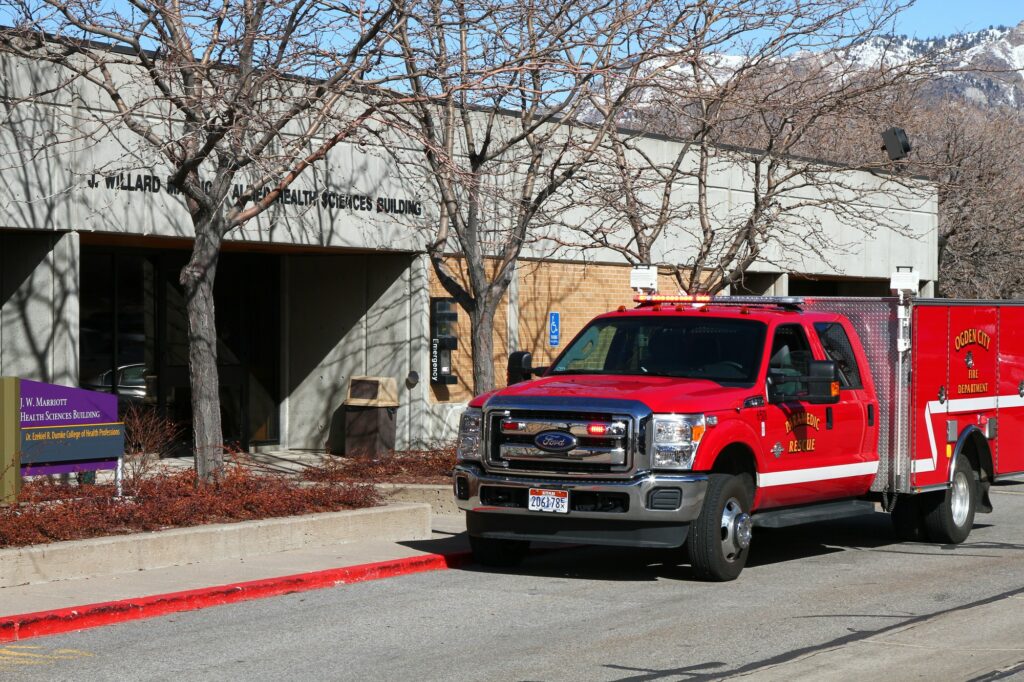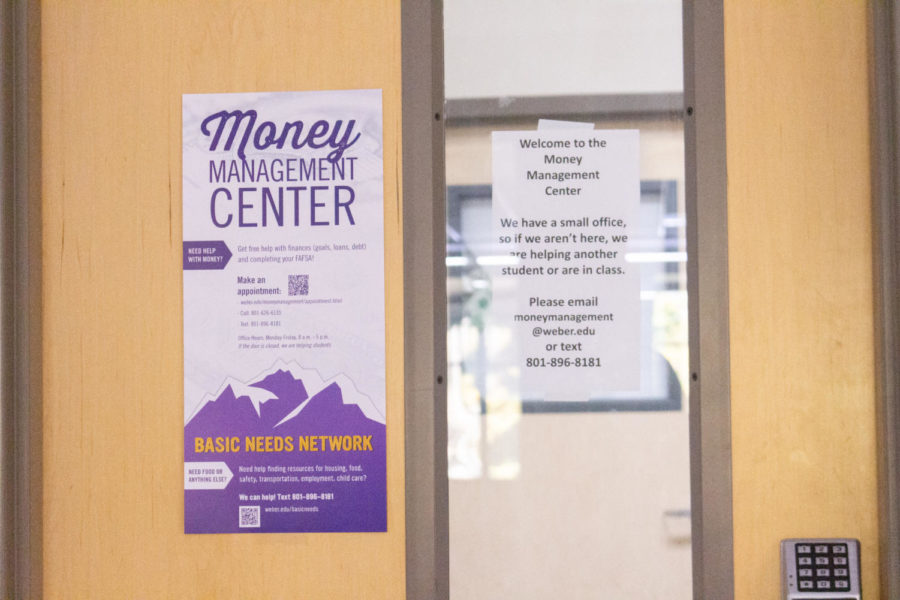Although every tragedy cannot be averted, Weber State University students can feel safer knowing a Crisis Communication Plan and an Emergency Operations Plan are both in place at the institution.

Chief Dane LeBlanc, of the Weber State Police Department said, “Providing a campus where students, faculty and staff can safely study, teach and research is the top priority of every university in the state of Utah”.
One of the ways officials put a priority on campus safety is by practicing and updating the Emergency Operations Plan regularly.
“Because it is impossible to predict the exact nature or time of a crisis, our plan outlines an effective response to any hazard that threatens the campus and would help facilitate a quick response and recovery”, LeBlanc said.
Another campus tool is the Code Purple System, an emergency notification system that allows the university to spread emergency information quickly through voice, text and email messages, as outlined in the Crisis Communication Plan.
Under the direction of the police chief, Weber State conducts a campus-wide Code Purple emergency training each fall as part of Public Safety Week. This system allows a clear directive according to the specific emergency.
“Lockdown” or “Shelter in Place” are two of the directives provided in the system. Lockdown is used in if a hostile or armed intruder were on campus, and the plan advises students to “Run away if it is safe to do so” or “seek shelter and lockdown.”
“Shelter in Place” is used in case of severe weather conditions or a hazardous material spill. As the name suggests, the recipient “should stay in a safe place indoors in order to avoid dangerous conditions outside the building.”
According to WSU Public Relations director Allison Hess, the institution conducted a comprehensive risk assessment to analyze the probability and impact of 25 potential hazards.
The analysis highlighted five hazards that pose the greatest risk: earthquake, winter storm, active shooter, workplace violence and academic building fire. The full plan can be viewed online.
Allison also suggested visiting Counseling & Psychological Services to receive “some great advice for those in our campus community as they deal with fear and anxiety.”


















